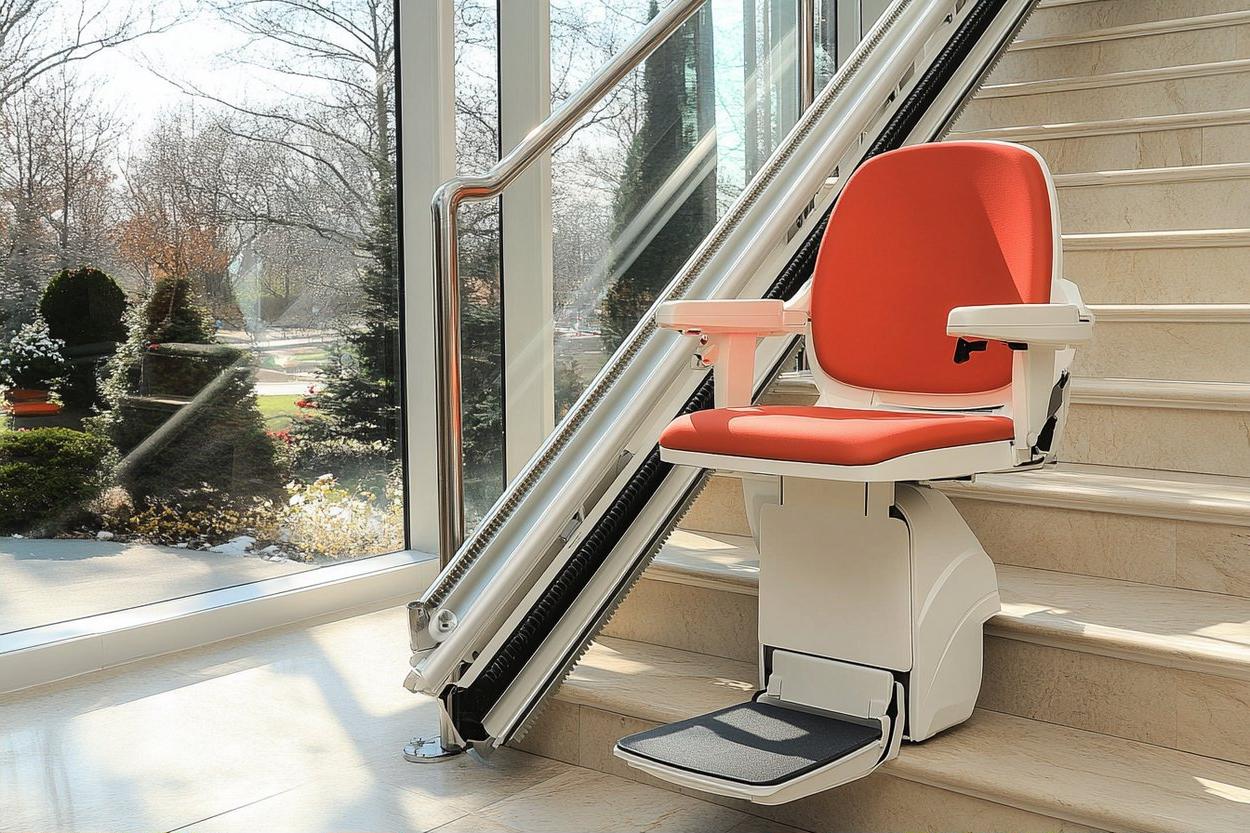Integrating sleep-tracking devices with movable sleep platforms
Integrating sleep-tracking devices with movable sleep platforms can improve how people understand nightly rest and adjust sleeping conditions. This article outlines technical and ergonomic considerations when pairing monitoring systems with adjustable bases, covering compatibility, customization of support and firmness, materials, sizing, assembly, and monitoring technology.

This article is for informational purposes only and should not be considered medical advice. Please consult a qualified healthcare professional for personalized guidance and treatment.
How does sleep monitoring integrate with movable platforms?
Sleep-tracking devices typically use sensors, wearable signals, or under-mattress pads to record movement, heart rate, and breathing. Integrating these technologies with a movable sleep platform relies on data sharing and timing: the platform should respond to the monitoring system without introducing noise that could affect readings. Wireless communication standards (Bluetooth, Wi‑Fi) and APIs allow monitoring apps to receive data streams and, when permitted, send adjustment commands to the platform for automated repositioning or gentle changes aimed at improving sleep stages and comfort.
What ergonomics and alignment issues matter?
Ergonomics for a movable platform centers on maintaining spinal alignment and reducing pressure points when the bed changes position. Adjustments in head elevation, knee bend, and lumbar support influence alignment; a sleep-tracking device that reports tossing, pressure distribution, or respiratory disruptions can inform which positions reduce strain. Designers should ensure that the platform’s range of motion supports neutral spine postures and that mattress firmness complements the platform’s angles so pressure and support are balanced across different settings.
How does customization affect pressure and firmness?
Customization features—zoned air chambers, adjustable firmness sections, and variable support settings—allow users to fine-tune pressure and comfort. Sleep trackers can recommend firmness profiles based on observed pressure-related awakenings or time spent in specific sleep stages. When a platform offers per-side or per-zone control, integration enables individual profiles that change firmness gradually over the night to address pressure points, support needs, or temperature-driven comfort preferences without abrupt transitions that disturb sleep.
How do materials, airflow, and sizing influence compatibility?
Materials used in mattresses and platforms affect monitoring and comfort. Dense foams or heavy covers can dampen movement signals, while breathable fabrics and open-cell foams support airflow and thermal regulation. Airflow is important because temperature shifts can affect sleep stages and the accuracy of some sensors. Sizing matters for sensor placement and platform movement; ensure that sensors remain aligned with the sleeper’s torso regardless of platform angles. Compatibility checks should confirm that sensors work with the chosen mattress materials and available mattress sizes and that any mattress-top accessories do not interfere with signal transmission.
What mobility and compatibility issues should be anticipated?
Mobility of the platform—tilt angles, articulation points, and maximum elevation—must be compatible with the tracking system’s capabilities. Some trackers rely on accelerometer data that may be altered by platform movement; integration logic must distinguish voluntary platform adjustments from user movement. Compatibility also includes software: mobile apps or local services need stable connections, firmware parity, and clear user permissions. Where third-party integrations exist, verify supported device lists and confirm that software updates won’t break automation sequences that link monitoring insights to platform responses.
What should be considered for assembly, maintenance, and monitoring technology?
Assembly instructions should highlight sensor placement, platform mounting, and cable routing to avoid disrupting monitoring. Maintenance involves keeping sensors and platform mechanics clean and ensuring firmware updates are applied to both tracker and platform. Monitoring technology choices—wearable versus ambient sensors—affect how assembly is handled: wearables need charging and pairing, while under-mattress sensors require stable positioning and frequent checks that they haven’t shifted after mattress rotation. Considerations for local services include professional installation or periodic inspections to maintain alignment and mobility over time.
Conclusion Successfully integrating sleep-tracking devices with movable sleep platforms requires attention to technical compatibility, ergonomics, and material considerations. Thoughtful customization of firmness and support, clear assembly guidance, and reliable monitoring technology can help users refine their sleeping environment based on objective data. Ongoing maintenance and awareness of how platform motions affect sensors will preserve accuracy and comfort across varied sleeping positions.






